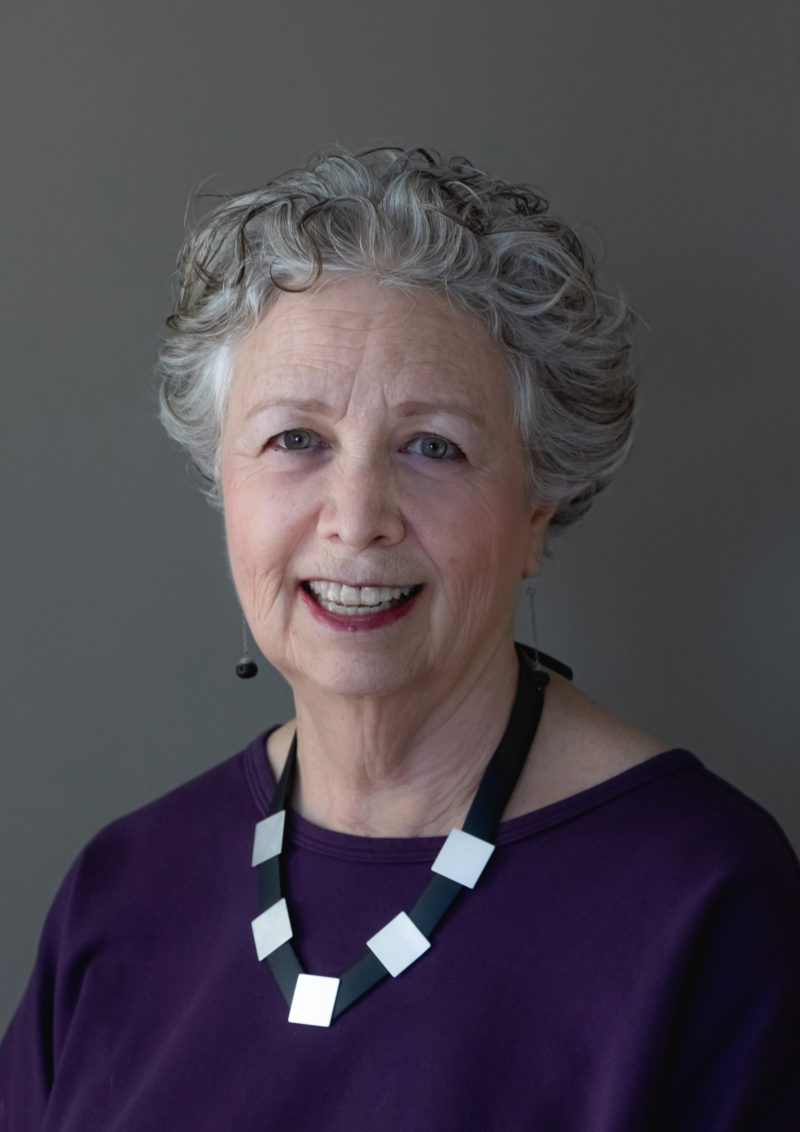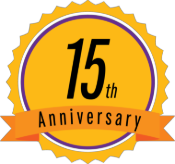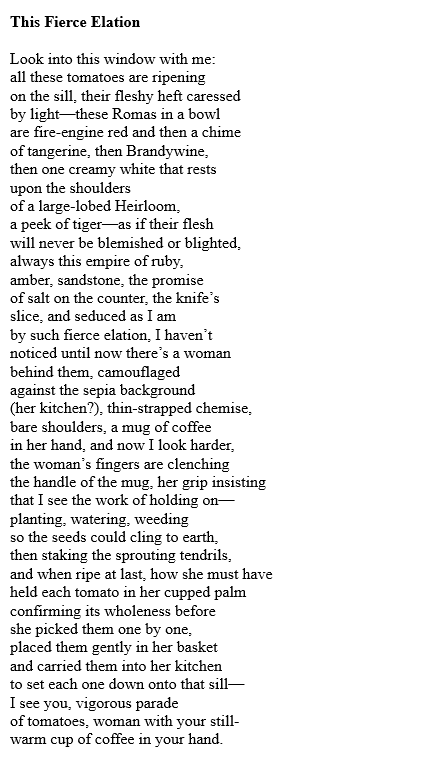When did you first encounter poetry? How did you discover that you wanted to write poems?
I’ve always loved words, and while I worked professionally as an editor for many years, I didn’t discover until decades later that I might have something of my own to say and a way to say it. In high school I wrote a poem of two, and read a little poetry: I remember John Lennon’s In His Own Write, and in college, Kahlil Gibran, which everyone was reading then. I came to writing poetry when a friend gave me Julia Cameron’s The Artist’s Way and I began to keep “morning pages,” three notebook pages written with a fountain pen first thing in the morning. The idea was not to look at what you’d written for six weeks so you wouldn’t judge yourself. After that I would feel the urge to write when I was inspired by the natural world, for example, watching a blue heron trying to swallow a huge frog or finding dozens of sand dollars washed up on a beach. After these forays, I began to take poetry workshops with Susan Donnelly and then with Barbara Helfgott Hyett, who became my longtime friend and poetry mentor.
Do you have a writing routine? A favorite time or place to write?
I’m in three poetry workshops a week, which is now all on Zoom: a free-write group, a poetry discussion group (we’re currently reading and talking about Diane Seuss’s frank: sonnets), and a workshop. These keep me actively writing, reading, and studying the poetic craft. My favorite time to write is when I first get up, or very late at night. These liminal times seem most conducive to tapping into those often barely perceived moments before the drip drip of morning tasks begins to flow. I’ve also taken a number of week-long summer workshops at the Fine Arts Work Center in Provincetown, MA, and have always found them inspiring. It’s important to have this kind of expansive time dedicated to writing and to paying attention, tuning both inward and outward to the beautiful light, the bay, gorgeous small gardens, and the “anything’s possible” atmosphere. Workshops also provide a structured yet generative writing experience, and I’ve learned from each of the talented poets I’ve studied with.
Where do your poems most often “come from”—an image, a sound, a phrase, an idea?
Many times my poems do come from an image, and I love writing ekphrastic poems, which are poems inspired by a work of art. I studied art history in college and really enjoy writing about an image by first describing it and then seeing where that description will lead, hopefully to something unexpected such as a metaphor that leads to a new insight that surprises me. Mark Doty is so good at this. I’m also inspired by and take solace in nature. And I love creatures! My new book has two turtles, a groundhog, a fox, a screech owl, and many birds.
Which writers (living or dead) have influenced you the most?
I would have to begin by honoring the influence of my teachers: in addition to Susan Donnelly and Barbara Helfgott Hyett, I’ve learned so much about craft and taking risks from wonderful teachers at the Fine Arts Workshop: Marie Howe, Martha Collins, Nick Flynn, Gabrielle Calvocoressi, and Carl Phillips, who gave me new insights about the structure and grammatical mood of a poem. There are so many terrific poets writing today; some that have influenced me lately are Camile T. Dungy, Donika Kelly, Terrance Hayes, Ocean Vuong, Anne Carson, Danez Smith, and Ada Limón. Right now I’m totally enraptured by Diane Seuss. I also am influenced by and inspired by my high school students at New Mission High School in Hyde Park, where I’m the poet in residence. Given a prompt, a host poem, and a few writing tools, they can dazzle me with their imagery, tone, and candor.
What excites you most about your new collection?
It’s super exciting to have a new book! I love the cover and it was dreamy to work with Terrapin editor and publisher Diane Lockward. I spent a long time assembling this manuscript and when I at last seized upon the title and title poem (which was inspired by a sculpture of the same name at Art on the Trails at the Beals Preserve last year, and which won the Juror’s Prize), I knew I’d found my way to a coherent theme for my manuscript, which was a hard-won accomplishment. I’m most excited by the capacity of this collection, and how much it can harmoniously hold between the covers. As Martha Collins says of my book, “the vividly remembered past and the carefully observed present are on intimate terms, constantly informing each other.” I’m also pleased that I was able to write about my mother and her death at 56 through a crown of sonnets, a form that both sprawls and is contained, much as memory itself is.

Wendy Drexler is a recipient of a 2022 artist fellowship from the Massachusetts Cultural Council. Her fourth collection, Notes from the Column of Memory, was just published by Terrapin Books in September 2022. Previous collections include Before There Was Before (Iris Press, 2017). Her poems have appeared in Barrow Street, J Journal, Lily Poetry Review, Nimrod, Pangyrus, Prairie Schooner, Salamander, Solstice, South Florida Poetry Review, Sugar House, The Atlanta Review, The Mid-American Review, The Hudson Review, The Threepenny Review, and the Valparaiso Poetry Review, among others. Her work has been featured on Verse Daily, WBUR’s Cognoscenti, and in numerous anthologies. She’s been the poet-in-residence at New Mission High School in Hyde Park, MA, since 2018, and is programming co-chair for the New England Poetry Club.


